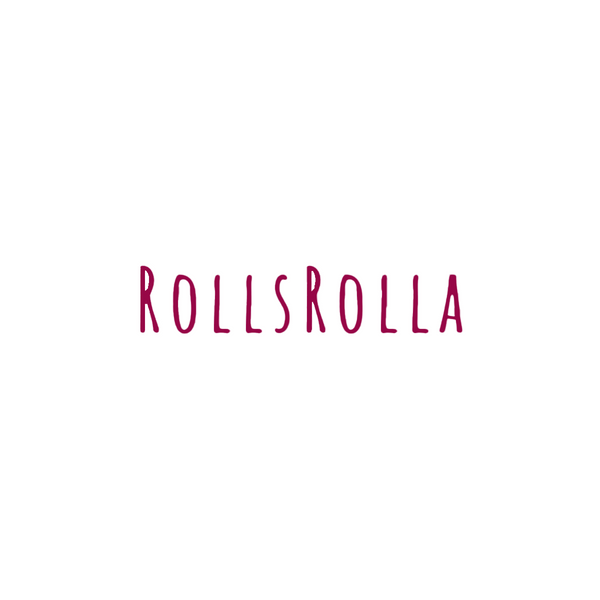How Peel and Stick Wallpaper Performs on Different Wall Texture
We test how well it sticks, how easy it is to remove, and what you can expect in real-world scenarios.

Table of content
Introduction
Peel and stick wallpaper is a game-changer in the world of home decor. It is trendy, versatile, and oh-so-convenient! But let’s be real for a second—how well it works on different types of wall textures. Whether you are going for a quick refresh or a long-term design upgrade, knowing how your wall surface interacts with this wallpaper is key. To help you out, we spent an entire year testing peel and stick wallpaper on five popular wall textures: smooth latex paint, eggshell, orange peel, knockdown, and sand texture. We wanted to see how well it sticks, how easy it is to remove, and what you can expect in real-world scenarios. So grab a coffee (or tea!) and let’s dive into the results.
1. Smooth Latex Paint
Adhesion:
If your walls are coated with smooth latex paint, congrats—you’ve hit the jackpot! This surface is basically a dream for peel and stick wallpaper. It adheres effortlessly and creates a strong bond right from the start.
Removal:
When it is time to say goodbye to your wallpaper, it peels off cleanly with no damage to the wall underneath. (Well, almost no damage—if the paint layer is thin or poorly adhered to the wall, there’s a small chance it might lift off with the wallpaper.) After a long period of wallpaper applied on smooth latex paint wall, there is few sticky residue spot to spot which can be removed by any glue remover easily.

Smooth latex-painted walls are ideal for long-term projects. In fact, the longer the wallpaper stays up, the better it sticks over time. Just make sure your wall is in good condition before you start, and you are golden!
2. Eggshell
Adhesion:
Eggshell finishes have a slight texture that gives the wallpaper something to grip onto. Our wallpaper sticks well without noticing the texture underneath as the finish texture is very subtle, as seamless as on smooth surfaces.
Removal:
Taking down wallpaper from eggshell walls is a bit easier than from smooth walls. However, there is a chance some paint may come off with the wallpaper—nothing major, but something to keep in mind if you are renting or want to avoid touch-ups.
Eggshell walls are super common in homes, so if this is your setup, you are in luck! Just be prepared to put in a little extra elbow grease when removing the wallpaper.
3. Orange Peel
Adhesion:
Orange peel walls are a happy medium when it comes to texture. The subtle bumps and grooves actually help the wallpaper adhere well, giving you a solid hold without much fuss.
Removal:
When it is time for a refresh, removing wallpaper from orange peel walls is relatively hassle-free. Most of the time, it comes off cleanly without leaving any sticky residue behind.
The wallpaper will adhere well, and when you are ready for a new look, the removal process is straightforward and hassle-free.
4. Knockdown
Adhesion:
Knockdown textures allow for moderate adhesion. The irregular surface can make it a little tricky, but the wallpaper still holds well enough for most applications. Just take your time during installation to ensure it sticks evenly.
Removal:
When removing wallpaper from knockdown walls, you can expect a similar experience to orange peel. It usually comes off with no residue, although some effort may be needed.
We would not recommend apply our wallpaper on knockdown texture wall for long-term decoration. Still, you can enjoy a stylish finish without too much worry about damage when it is time to redecorate.
5. Sand Texture
Adhesion:
Sand texture walls might surprise you—they actually provide excellent adhesion! Just make sure during installation the wallpaper adhere to the wall evenly. There should be no air trapped between the bumps and textures. Otherwise, the air will affect the long-term adhesion.
Removal:
Here’s the best part: removing wallpaper from sand-textured walls is an absolute breeze. It peels off cleanly with no sticky residue or damage to worry about.
If you are looking for a temporary solution, sand texture walls are your best bet. The wallpaper adheres securely, but when you decide to change things up, the removal process is a breeze. You can enjoy a fresh look without the hassle of a messy cleanup.
A Quick Note About Oil-Based Paints
Before we wrap this up, here’s an important heads-up: our peel and stick wallpaper does NOT adhere to oil-based paint or primer. While oil-based finishes are not common in modern homes, they do pop up occasionally. If this applies to your space, consider switching to latex paint first for the best results!
Conclusion
Peel and stick wallpaper is an amazing way to transform your space without committing to traditional wallpaper or paint. Whether your walls are smooth or textured, there is likely a way to make it work—as long as you know what to expect!
For permanent installations, smooth latex-painted walls are your best bet for flawless adhesion. For temporary projects or frequent updates, orange peel texture walls make removal a total breeze.
With a little planning and attention to your wall type, you can enjoy the beauty of peel and stick wallpaper while keeping things stress-free. Happy decorating!
Related readings
Elevate your space
We hope that after reading the article, you feel confident in purchasing our wallpaper.




